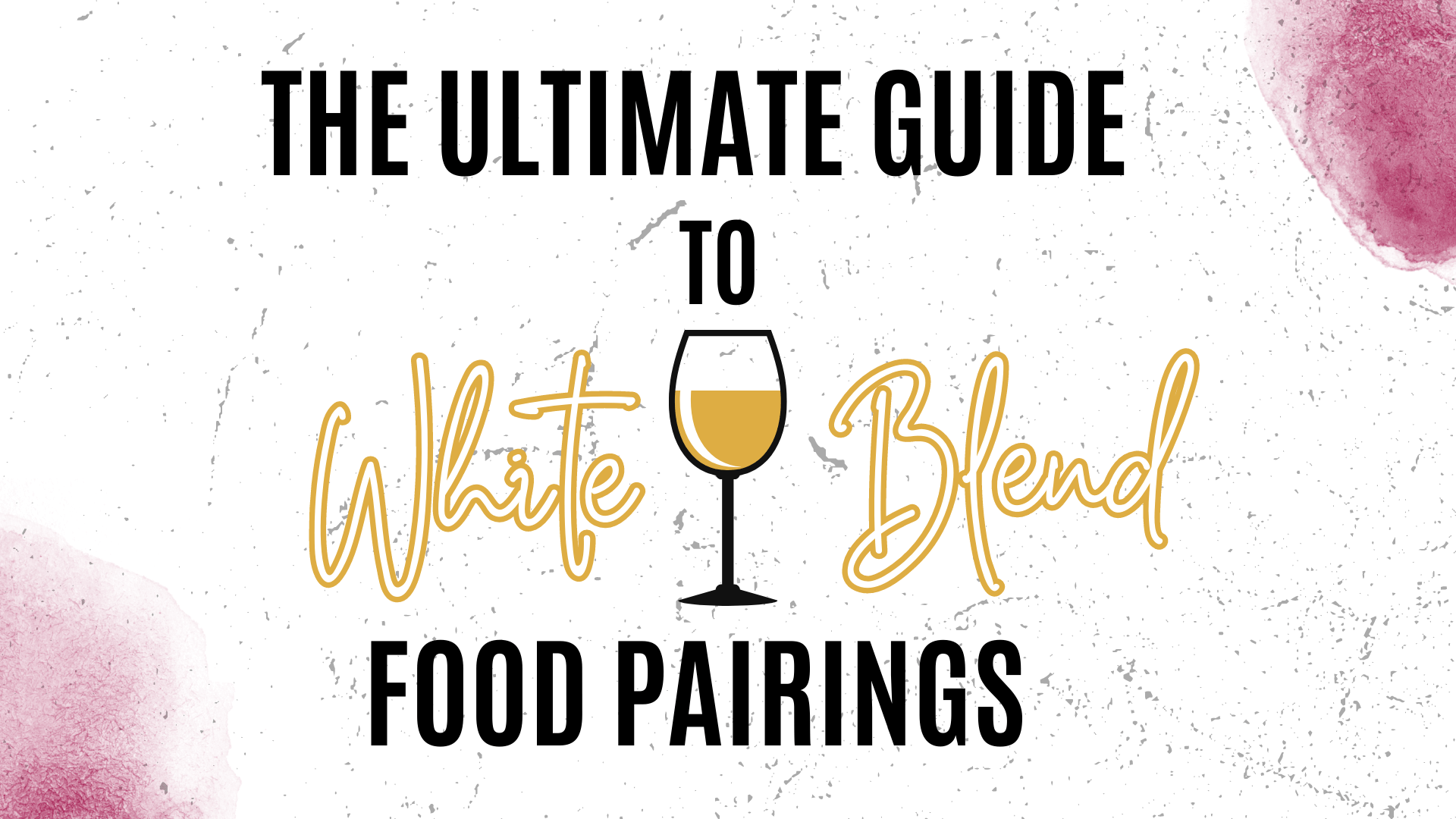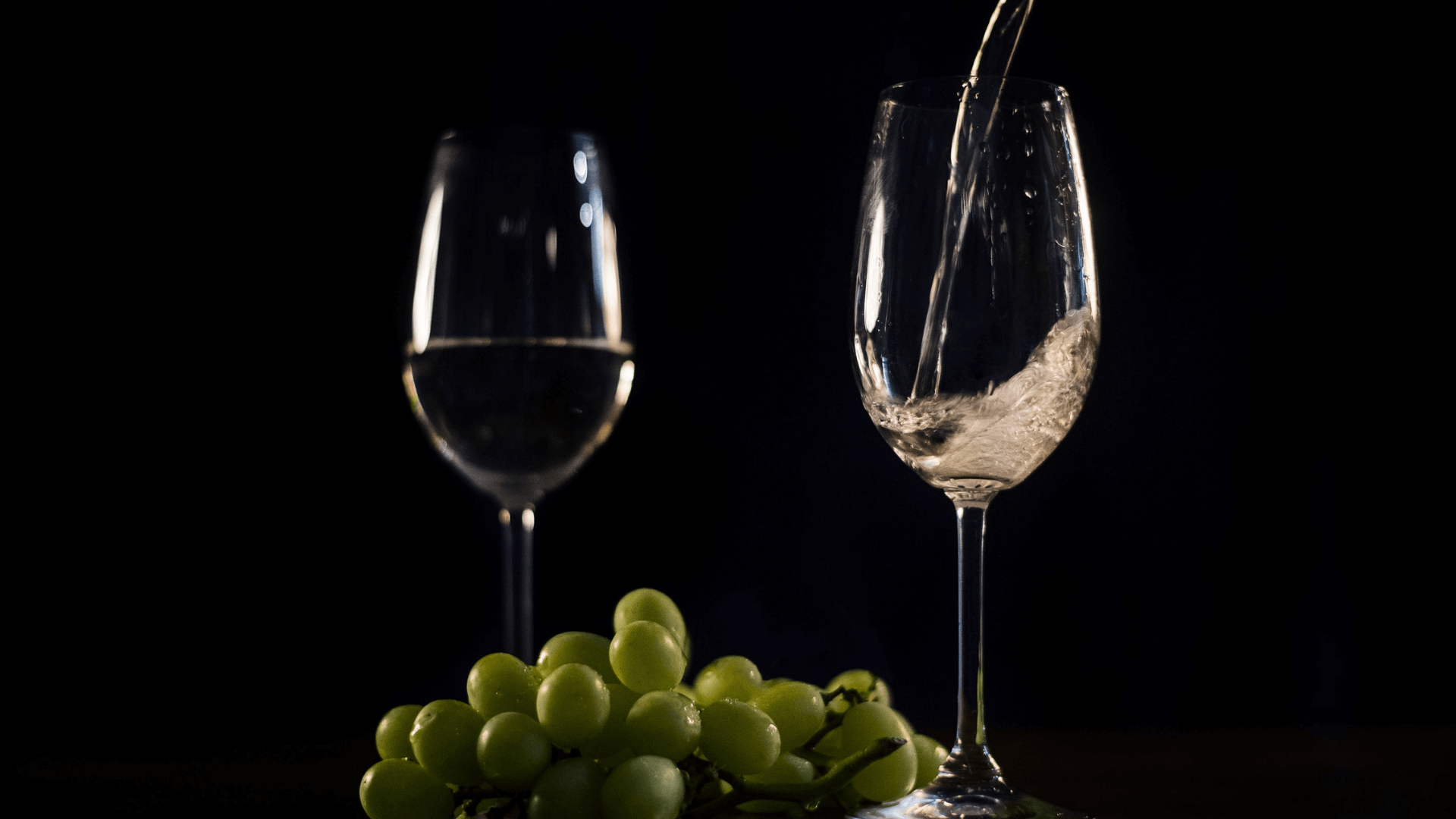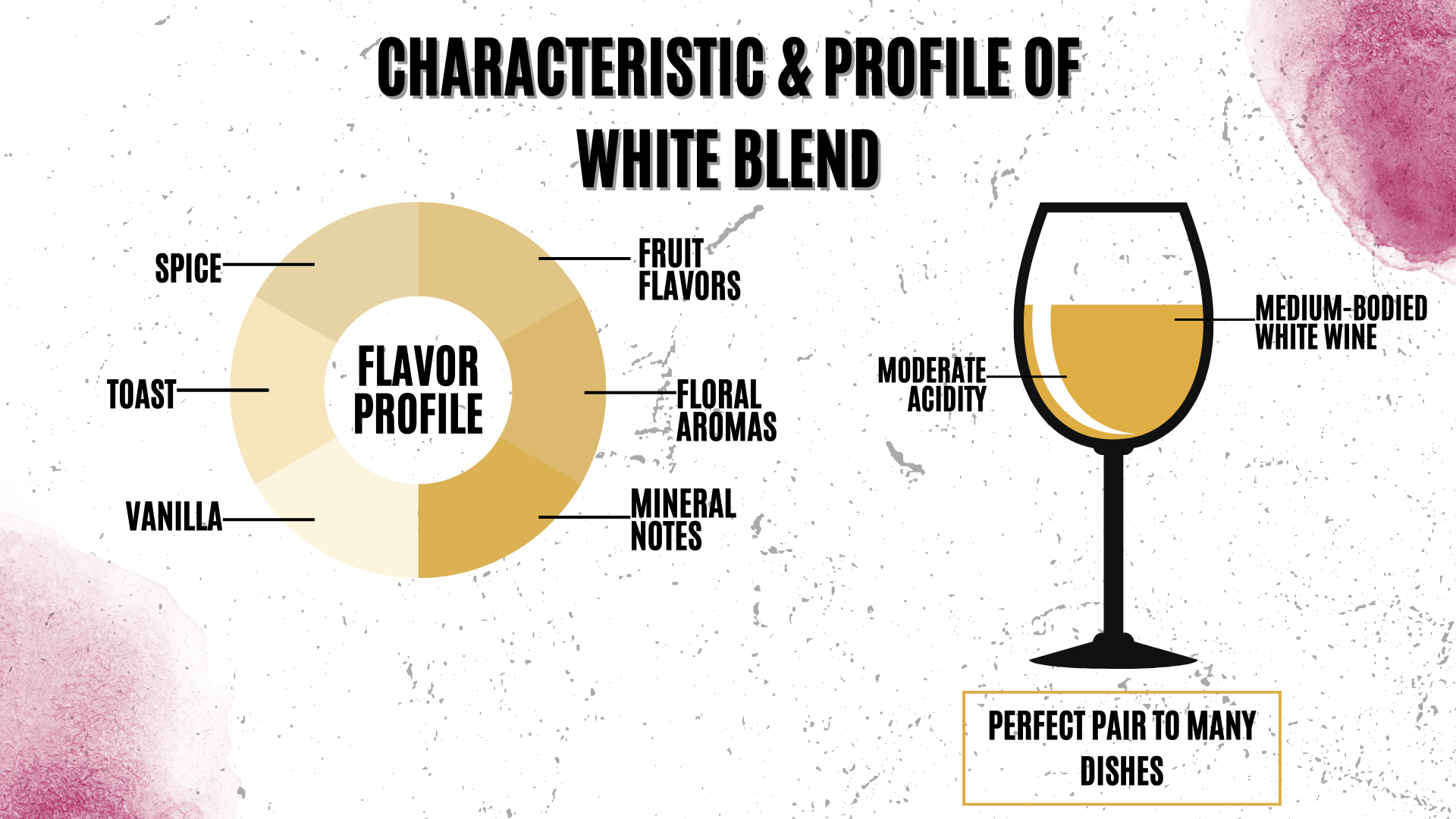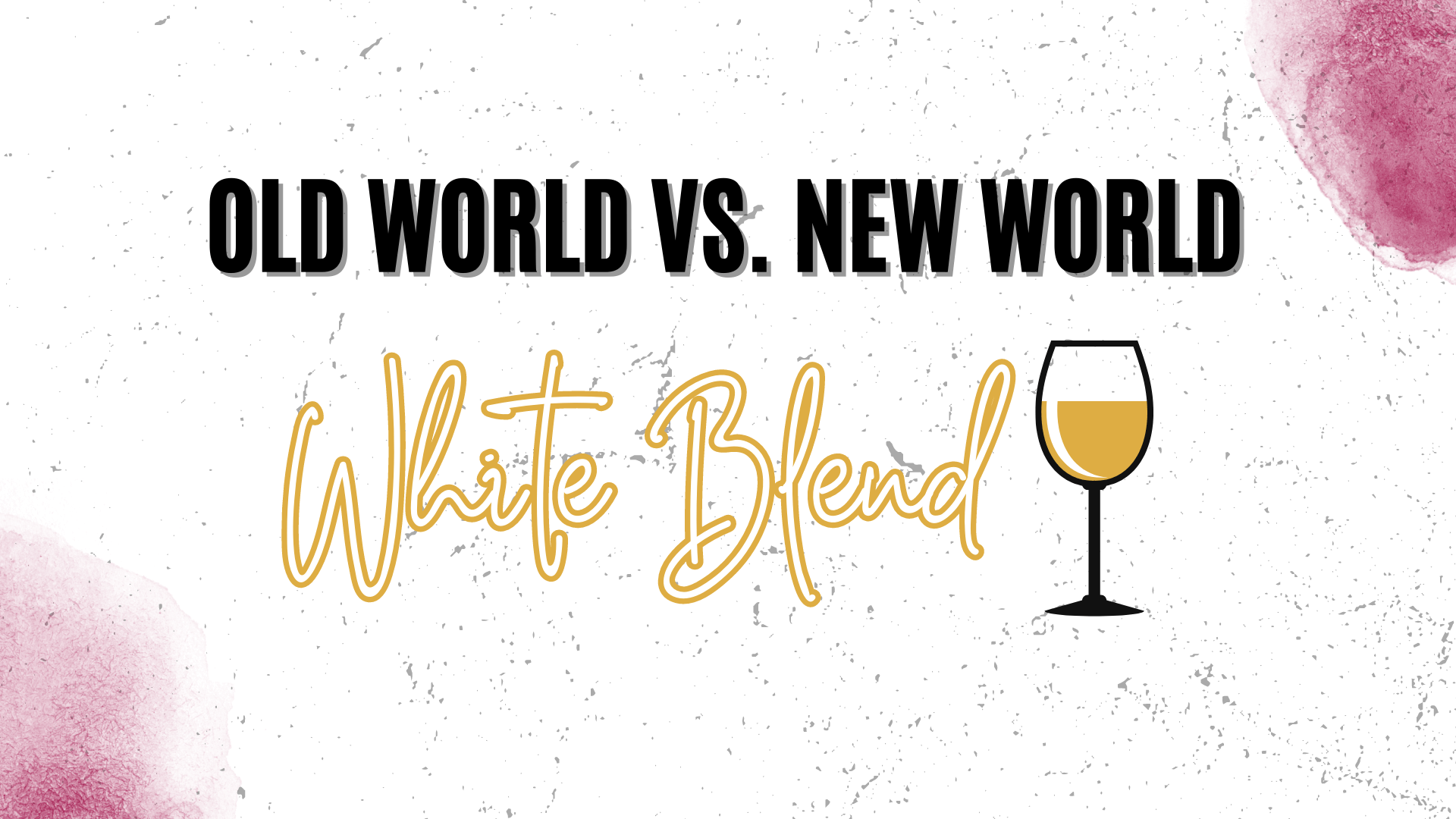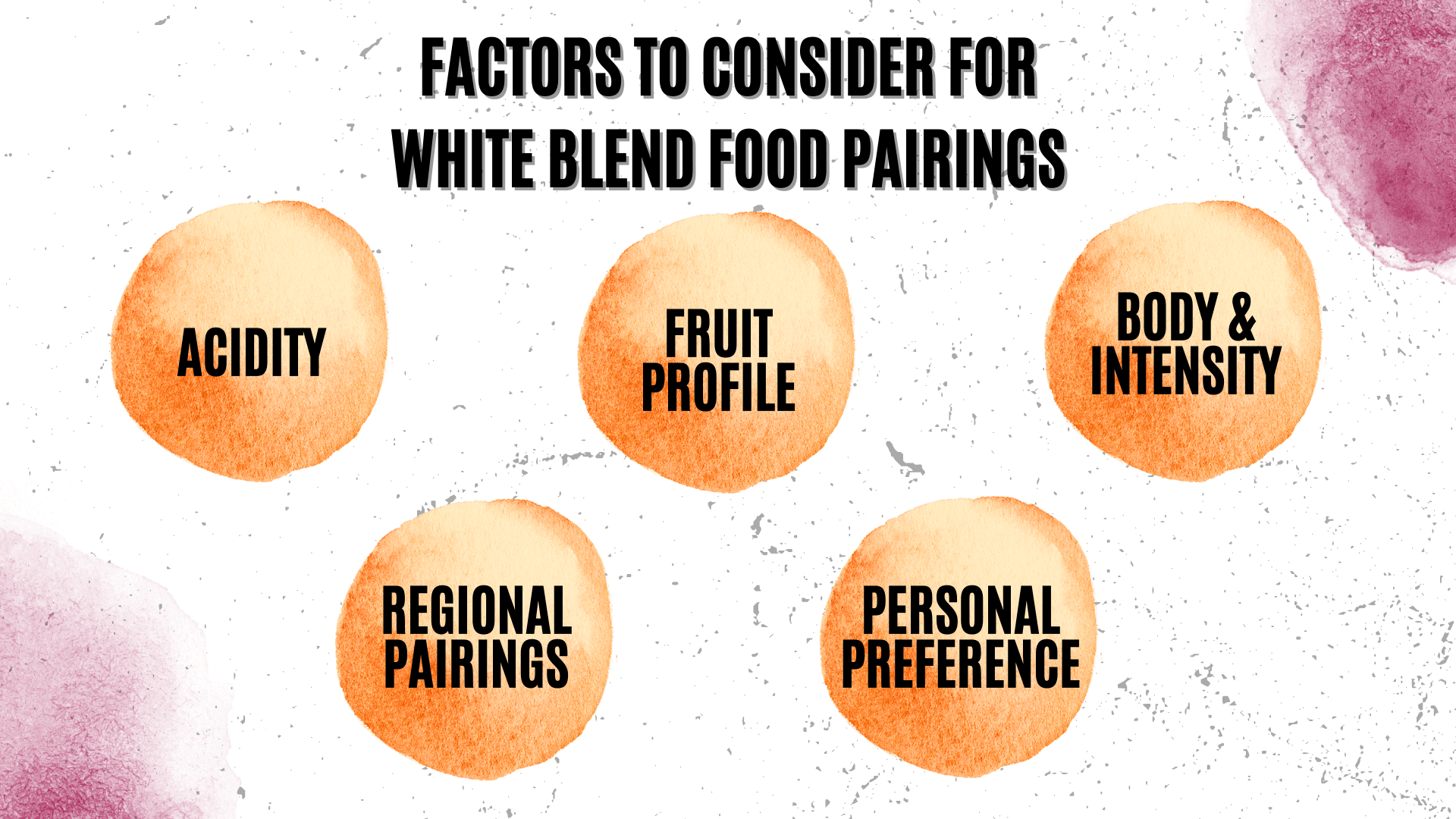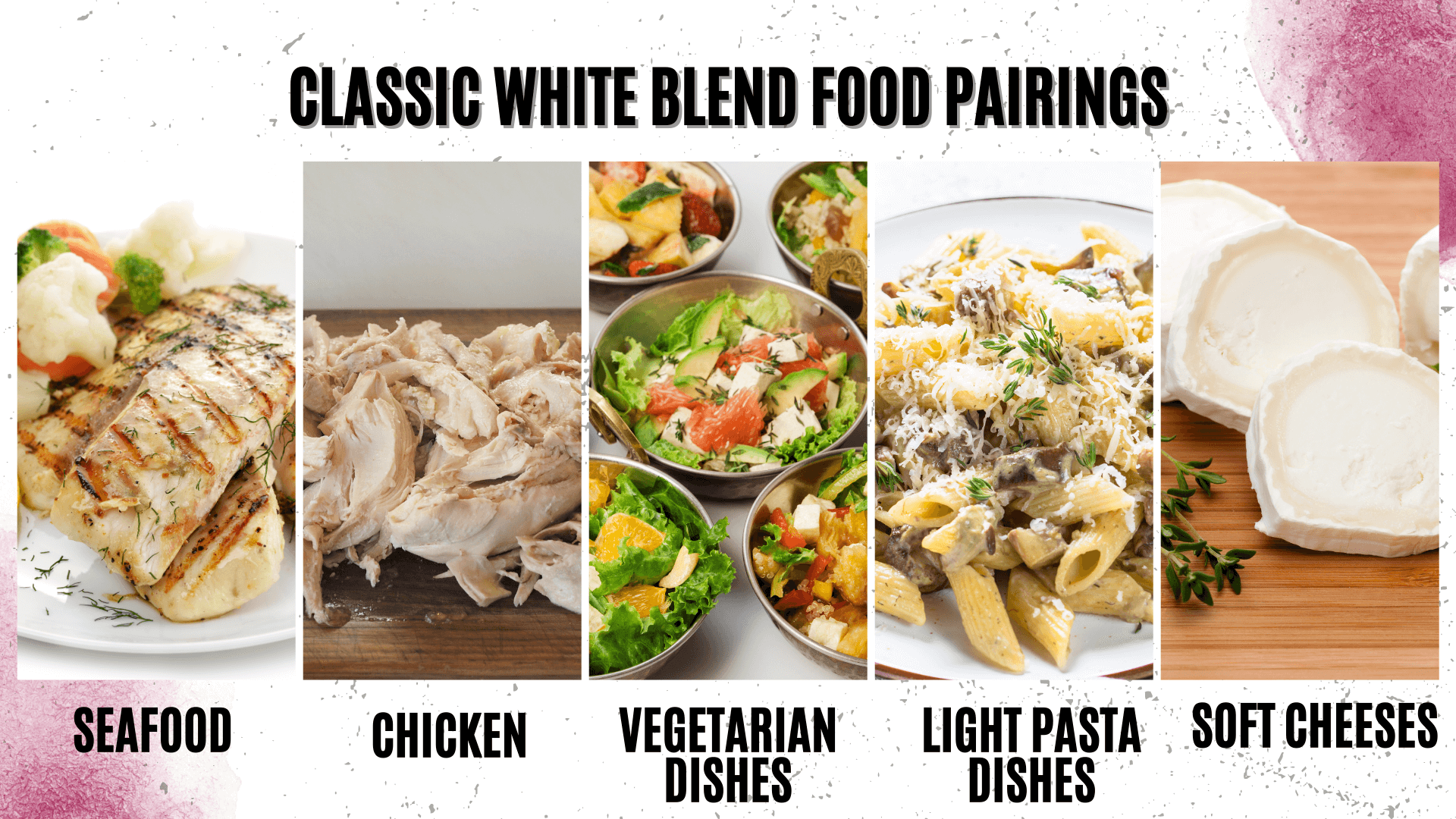Introduction
White blends are versatile wines that combine two or more grape varieties, resulting in a unique and often harmonious flavor profile. These blends can include popular grape varietals such as Chardonnay, Sauvignon Blanc, Viognier, and many others, offering a diverse range of tasting experiences. White blends are fantastic for food pairings, as they can complement a wide array of dishes with their varying flavors, body, and acidity levels. In this comprehensive guide, we’ll explore the characteristics and various styles of white blends, as well as share expert tips and pairing suggestions for the perfect dining experience.
I. The Concept of White Blends
White blends are wines made by combining two or more white grape varieties, often with the aim of achieving balance and complexity. Winemakers can create white blends by either fermenting the grapes together or blending wines made from different grape varieties. The resulting wines can range from light and refreshing to rich and full-bodied, making white blends an exciting and versatile option for food pairings.
II. Wine Profile
The wine profile of a white blend depends on the specific grape varieties used and the winemaking techniques employed. However, many white blends feature a mix of fruit, floral, and mineral characteristics, with a medium body and moderate acidity. Common flavor profiles include citrus, stone fruit, tropical fruit, and floral notes, often accompanied by a hint of minerality or spice.
III. Characteristics of White Blends
White blends can exhibit a wide range of characteristics, depending on the grape varieties and winemaking techniques used. Some common characteristics include:
- A mix of fruit flavors, such as citrus, stone fruit, and tropical fruit
- Floral aromas, such as honeysuckle, jasmine, or orange blossom
- Mineral notes, such as wet stone, flint, or chalk
- Medium body and moderate acidity, offering balance and structure
- The potential for oak aging, which can impart flavors of vanilla, spice, or toast
IV. Old World vs. New World White Blends
Old World white blends, such as those from France, Italy, or Spain, tend to be more restrained and focused on minerality and acidity. They often feature grape varieties native to their respective regions and are generally made in a more traditional style. New World white blends, from countries like the United States, Australia, or South Africa, often showcase riper fruit flavors, with higher alcohol content and a more expressive style.
V. Factors to Consider for White Blend Food Pairings
Acidity: Acidity in wine can help to balance the flavors of a dish and cleanse the palate. Many white blends have moderate acidity, making them suitable for pairing with a variety of foods, particularly those with some acidity of their own, like tomato-based dishes or salads with vinaigrettes.
Fruit profile: The fruit flavors in white blends can range from citrus and stone fruit to tropical fruit and floral notes. Consider the wine’s fruit profile when selecting a dish, opting for complementary flavors or contrasts that will enhance the pairing.
Body and intensity: White blends can range from light and crisp to rich and full-bodied. Choose dishes that match the body and intensity of the wine, ensuring that neither the food nor the wine overpowers the other.
Regional pairings: Pairing a wine with food from the same region can often yield successful results, as the flavors and culinary traditions have evolved together. For example, a French white blend might pair well with a classic French dish, while an Australian white blend could complement a dish with more vibrant, exotic flavors.
Personal preference: Ultimately, the most important factor in any wine pairing is your own taste. Experiment with different combinations and trust your palate to guide you in creating enjoyable white blend food pairings.
VI. Classic White Blend Food Pairings
Seafood: Light, fresh seafood dishes, such as shrimp, scallops, or grilled fish, are classic pairings for white blends. The wine’s acidity and fruit flavors can enhance the delicate, natural flavors of the seafood.
Chicken: Grilled, roasted, or poached chicken dishes are versatile partners for white blends. The wine’s moderate acidity and fruit flavors can complement the chicken’s mild taste and help to balance any accompanying sauces or seasonings.
Vegetarian dishes: White blends can pair well with a variety of vegetable-based dishes, such as salads, grain bowls, or roasted vegetables. The wine’s fruit and floral flavors can enhance the dish’s natural flavors and provide a refreshing counterbalance.
Light pasta dishes: Creamy or tomato-based pasta dishes can work well with white blends, as the wine’s acidity can cut through the richness of the sauce and provide balance.
Soft cheeses: Soft, mild cheeses like brie, camembert, or goat cheese can be excellent partners for white blends. The wine’s acidity can cleanse the palate, while its fruit and floral flavors complement the cheese’s creamy texture.
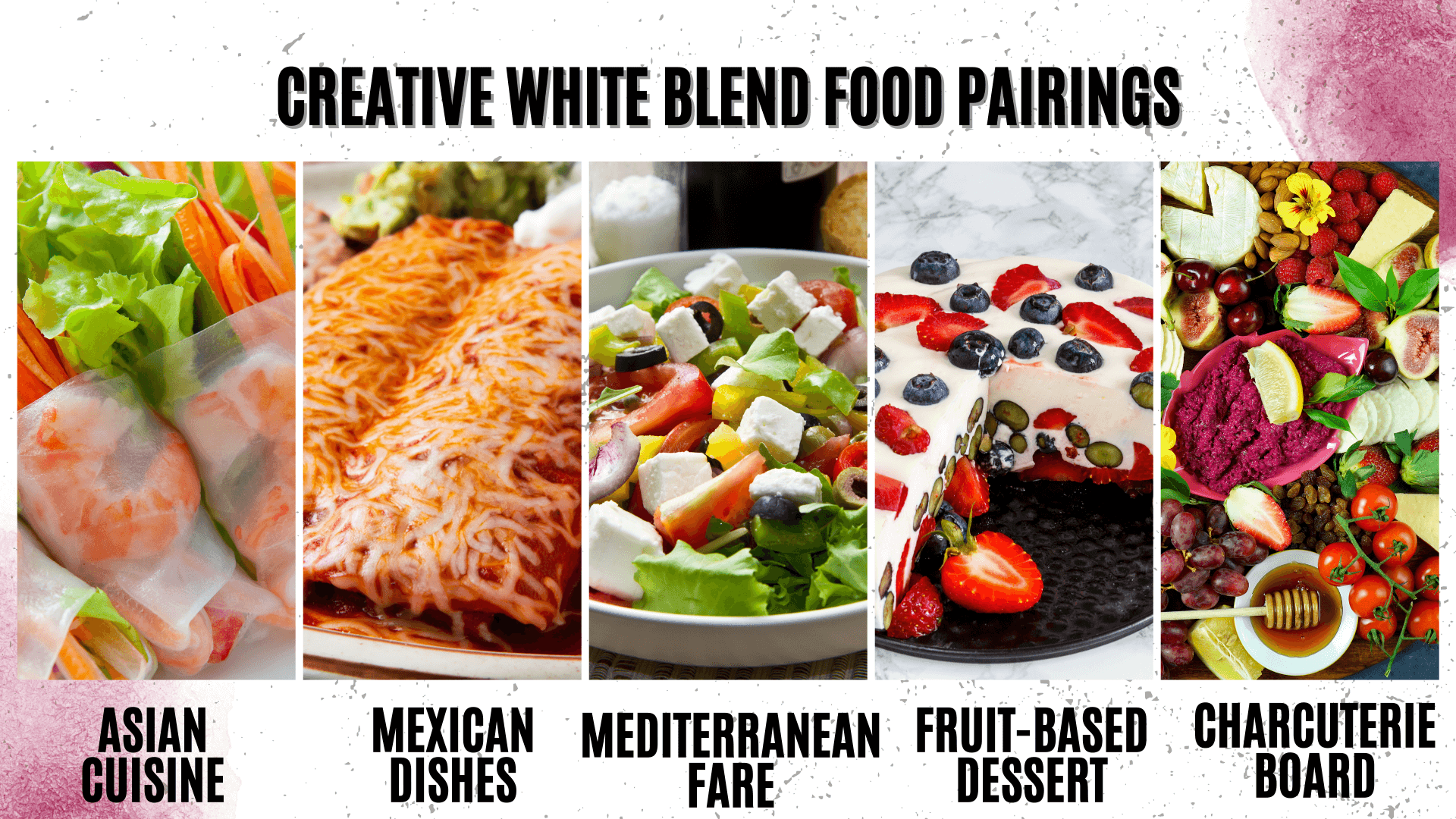
VII. Creative White Blend Food Pairings
Asian cuisine: White blends can be surprisingly successful with Asian dishes, such as sushi, Thai curries, or Vietnamese spring rolls. The wine’s fruit and floral flavors can enhance the dish’s exotic flavors, while its acidity helps to balance any spiciness or richness.
Mexican dishes: Try pairing a white blend with lighter Mexican dishes, such as fish tacos, ceviche, or chicken enchiladas. The wine’s acidity and fruit flavors can complement the dish’s bold, zesty flavors and provide a refreshing contrast.
Mediterranean fare: The diverse flavors of Mediterranean cuisine can work well with white blends. Consider pairing the wine with dishes like Greek salad, hummus, or grilled vegetables for a harmonious and delicious match.
Fruit-based desserts: White blends can be an unconventional yet delightful pairing for fruit-based desserts like fruit tarts, sorbets, or fruit salads. The wine’s fruit and floral flavors can echo the dessert’s natural sweetness and provide a light, refreshing counterpoint.
Charcuterie boards: Create a well-rounded charcuterie board with a mix of cured meats, cheeses, olives, and nuts, and pair it with a white blend. The wine’s moderate acidity and fruit flavors can balance the board’s diverse flavors and textures, making for an enjoyable and interactive pairing.
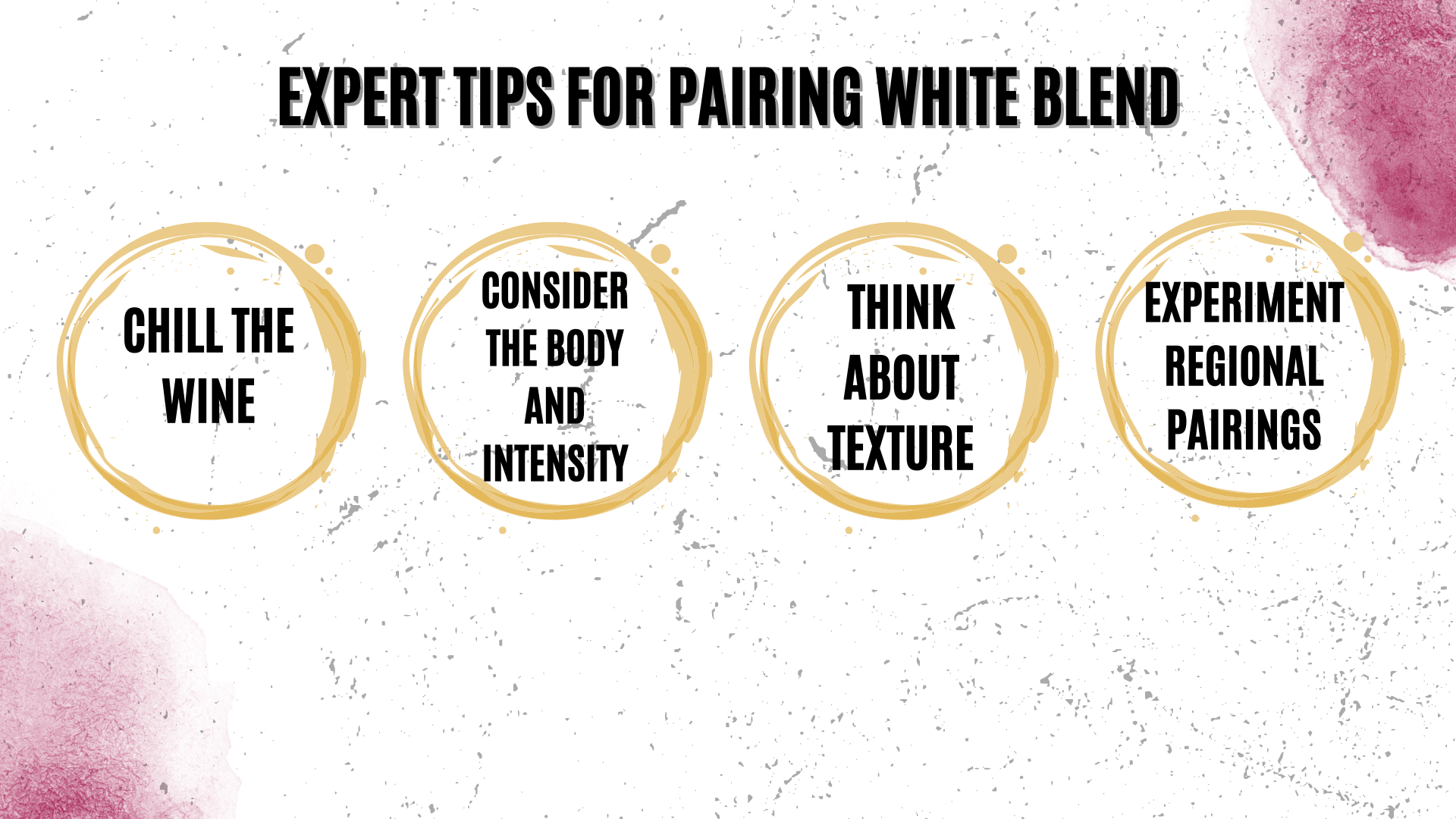
VIII. Expert Tips for Pairing White Blends
Chill white blends to the appropriate serving temperature, typically around 45-50°F (7-10°C), to ensure the wine’s flavors and aromas are at their best.
Consider the body and intensity: Match the body and intensity of the white blend with the dish you are serving. Lighter, more delicate white blends work well with subtle, fresh flavors, while fuller-bodied blends can stand up to richer, more robust dishes.
Think about texture: Consider the texture of both the wine and the dish when creating a pairing. For example, a creamy white blend might work well with a rich, buttery dish, while a crisp white blend could provide a refreshing contrast to a fried or crunchy dish.
Experiment with regional pairings: When in doubt, consider pairing white blends with dishes from regions where the wine is produced, such as France, Italy, or Australia. Regional pairings often share complementary flavors and can lead to successful matches.
Conclusion
White blends offer a diverse range of flavors, body, and acidity levels, making them versatile partners for food pairings. From classic seafood and chicken dishes to more adventurous pairings with exotic cuisines and fruit-based desserts, the possibilities are nearly endless. By understanding the characteristics and styles of white blends, as well as following expert tips, you can elevate your dining experience and create unforgettable pairings that showcase the unique qualities of these blended wines.
Frequently Asked Questions
While many white blends tend to be light- to medium-bodied, there is variation depending on factors such as grape varieties, region, climate, and winemaking techniques. Some white blends can be more full-bodied and rich in texture, making them suitable for pairing with more robust dishes.
Although white blends are typically paired with lighter dishes like seafood and chicken, there are exceptions. Lighter red meat dishes, such as veal or pork, can work with some fuller-bodied white blends. Additionally, pairing rules are meant to be guidelines, not strict rules, so feel free to experiment and find what works for your personal taste.
White blends are best enjoyed at a chilled temperature, typically around 45-50°F (7-10°C). This allows the wine’s flavors and aromas to be fully appreciated without being dulled by excessive warmth.
Once opened, a bottle of white blend can be stored for up to 3-5 days if properly resealed and kept in the refrigerator. Using a vacuum-sealed wine preservation system can extend the wine’s life by a few more days.


